In the ever-evolving landscape of sustainable fashion, two brands have emerged as key players, each vying for the attention of conscious consumers: pact and Uniqlo.On one side,Pact champions organic materials and obvious supply chains,carving a niche as a purveyor of ethical alternatives that appeal to eco-minded shoppers. On the other, Uniqlo, with its commitment to delivering comfort and innovative fabric technology, offers an enticing array of everyday essentials appealing to those who prioritize practicality without sacrificing style. As sustainability becomes increasingly central to purchasing decisions, this article delves into the intricate balance between ethics and comfort – exploring whether Pact’s ethical ethos is the definitive choice for discerning consumers or if Uniqlo’s accessible approach to style makes it a worthy contender in this modern fashion dialog. Join us as we unravel the nuances of these two brands,assessing their impact on ethical consumption in a world where choices abound.
Exploring the Ethical Foundations of Pact’s Production Practices
The ethical approach adopted by Pact in its production practices highlights a commitment to sustainability and social obligation that sets it apart from many competitors. Pact emphasizes transparency in its supply chain,ensuring that all materials are sourced ethically and that workers are paid fairly. The brand focuses on organic cotton, which not only reduces the environmental impact but also supports healthier farming practices. Furthermore, Pact’s initiatives include the use of fair trade certified practices, showcasing a dedication to improved labor conditions and wages for those in its manufacturing facilities.
In contrast to larger fast-fashion retailers, Pact’s production ethics rely heavily on sustainable practices that encompass not only environmental considerations but also community welfare. By choosing to work with manufacturers who meet stringent ethical standards, Pact fosters a relationship that prioritizes worker wellbeing and environmental stewardship.This is reflected in their commitment to reducing waste, using eco-amiable dyes, and creating timeless designs that encourage longer use cycles, effectively challenging the throwaway culture frequently enough perpetuated by brands like Uniqlo. The table below illustrates key differences in their practices, capturing the essence of their ethical stances:
| Aspect | Pact | Uniqlo |
|---|---|---|
| Material sourcing | 100% organic cotton | Conventional and recycled materials |
| Labor Practices | Fair Trade certified | Varies by region |
| Sustainability Initiatives | Zero waste production | Recycling programs |
| Design Philosophy | Timeless styles | Trendy, seasonal collections |

Decoding Uniqlo’s Comfort-Focused Supply Chain Strategies
Uniqlo has meticulously crafted a supply chain that prioritizes comfort without sacrificing ethical considerations. Their innovative approach includes sourcing high-quality fabrics that enhance the wearer’s experience, such as their signature HEATTECH and Ultra Light Down materials. additionally, Uniqlo leverages:
- Vertical Integration: This allows for greater control over production processes and timelines, ensuring consistent quality.
- Global Sourcing: By partnering with manufacturers from various regions, they can maintain flexibility in supply while still adhering to ethical labor practices.
- Technology Integration: Utilization of data analytics to predict demand helps reduce waste and align production with customer preferences.
Moreover, Uniqlo’s logistical strategies are designed to streamline efficiency. Their warehouses are strategically located closer to key markets, minimizing transportation time and carbon footprint.Consider the following aspects of their logistics model:
| Logistics Strategy | Benefit |
|---|---|
| Centralized Distribution Centers | Faster replenishment of stores |
| Real-time Inventory Management | Improved stock availability |
| Eco-Friendly Packaging | reduced environmental impact |

Comparative Analysis: Sustainable Materials in Pact and Uniqlo Collections
The exploration of sustainable materials in both Pact and Uniqlo collections reveals distinct philosophies and practices that cater to different consumer priorities. Pact showcases a commitment to organic cotton and recycled materials,emphasizing sustainability and ethical production. Their approach not only seeks to minimize environmental impact but also focuses on fair labor practices throughout their supply chain. Key materials include:
- Organic Cotton: Grown without harmful pesticides, ensuring safer farming practices.
- Recycled Polyester: Derived from post-consumer plastic bottles, reducing waste.
- Modal: Sourced from sustainable beechwood trees, promoting renewable resources.
Conversely, Uniqlo balances comfort and accessibility with a growing emphasis on sustainable initiatives. While they traditionally focused on affordable, fashionable basics, they are increasingly integrating innovations like Airism and Uniqlo U with an eye for sustainable practices. Their fabric technology not only enhances user experience but also embodies a commitment to decrease environmental footprint. notable features include:
- Recycled Fabrics: Used in select collections to minimize new material use.
- UV Protection: Functionality that underlines the brand’s focus on customer well-being.
- Responsible Down Standard (RDS): Ensuring humane treatment of ducks and geese.

Navigating Consumer Choices: Recommendations for the Ethical Shopper
For ethically-minded consumers, the choice between brands like Pact and Uniqlo can be an intricate dance of values and preferences. When evaluating these two, shoppers should consider key factors that align with their personal ethics.Pact, renowned for its commitment to organic cotton and fair trade practices, champions transparency in its supply chain. Every product is crafted with a focus on sustainable ethics, ideal for those seeking to minimize their ecological footprint. In contrast, Uniqlo, while celebrated for its comfort and affordability, raises questions regarding its labor practices and environmental policies. Ethical shoppers may wont to dive deeper into the company’s efforts and controversies, as its global operations ofen blur foundational sustainability goals with the rush of fast fashion.
To aid in making an informed decision, consumers can utilize a simple comparison of core attributes across these two brands:
| Attribute | Pact | Uniqlo |
|---|---|---|
| Materials | 100% Organic cotton | Synthetic & natural Blends |
| Certification | Fair Trade | Varies by product |
| Transparency | High | Moderate |
| Price Range | $20-$50 | $10-$40 |
Ultimately, the journey toward ethical shopping requires not just mindfulness of brand practices but also a personal alignment with the values they represent. While Pact presents itself as a beacon of ethical fashion, Uniqlo’s balance of accessibility and comfort can be tempting. Making a choice is less about picking a side and more about evaluating which brand resonates more deeply with individual ethical stances and lifestyle needs.
Final Thoughts
In the ever-evolving landscape of fashion, the choices we make can ripple far beyond our wardrobes.As we’ve examined the contrasting philosophies of Pact and Uniqlo, it becomes evident that the true measure of any brand lies not just in its aesthetic appeal but in its commitment to ethical practices and sustainability. While Pact champions the cause of environmentally friendly fabrics and fair labor,Uniqlo embraces an efficient approach,offering comfort and affordability at a massive scale.
In this debate, there is no one-size-fits-all solution; each brand serves a purpose and caters to distinct consumer needs. Whether you lean towards ethical alternatives that promise a positive impact or gravitate towards the comfort and accessibility offered by competitors, your choices ultimately shape the future of fashion. As you navigate this intricate terrain,consider what values resonate moast with you,and let that guide your decisions. After all, your wardrobe can be a reflection of not only your style but also the world you wish to support. The power is yours—let it be an informed one.

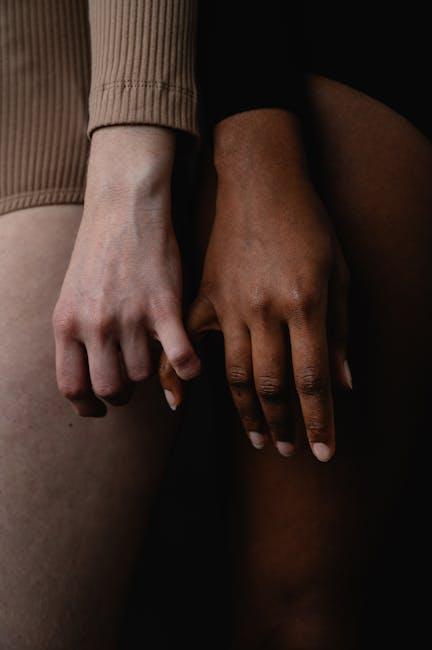
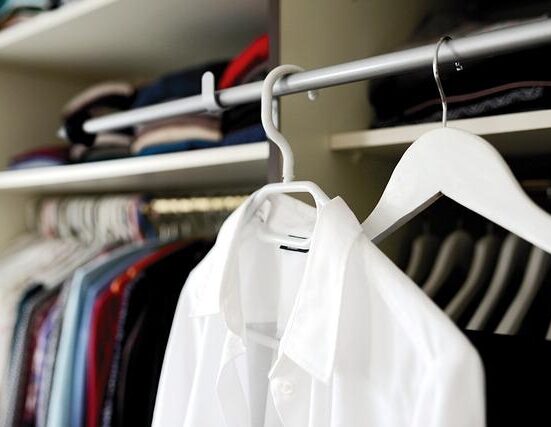

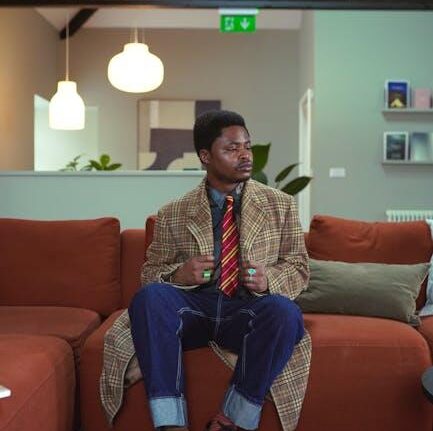
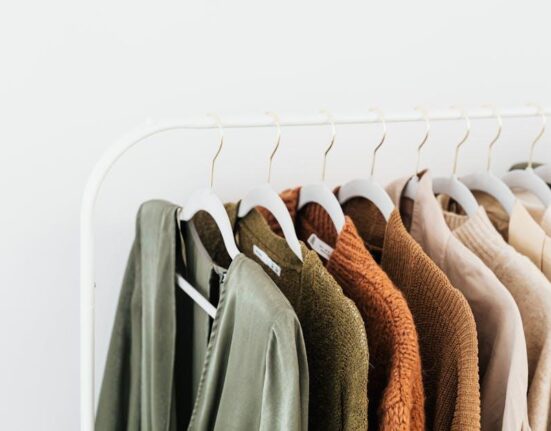
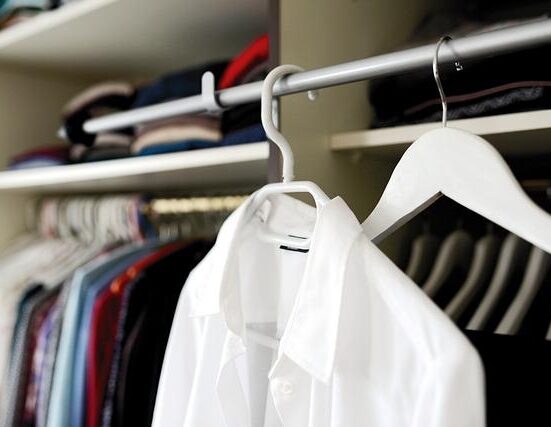

Leave feedback about this